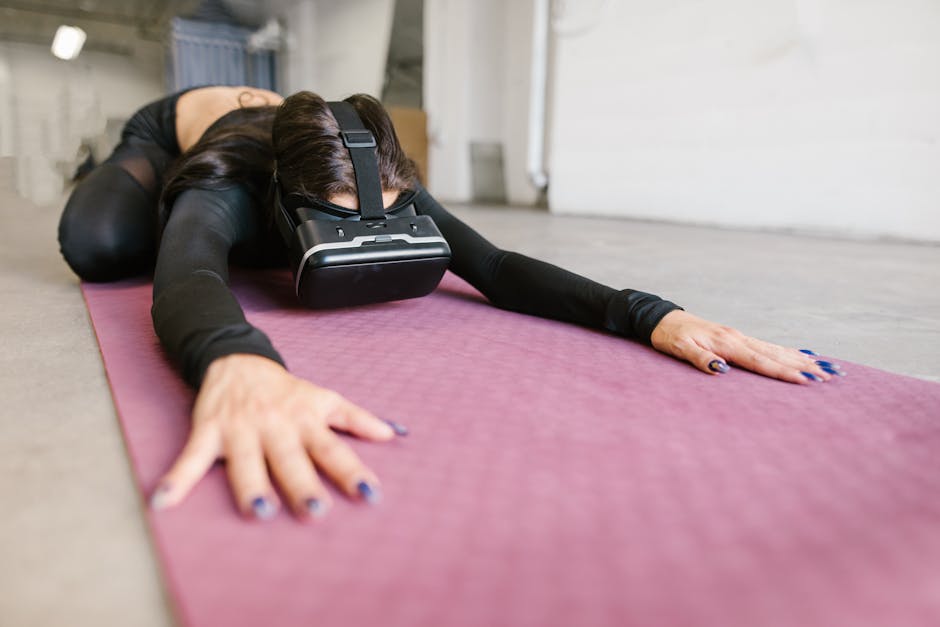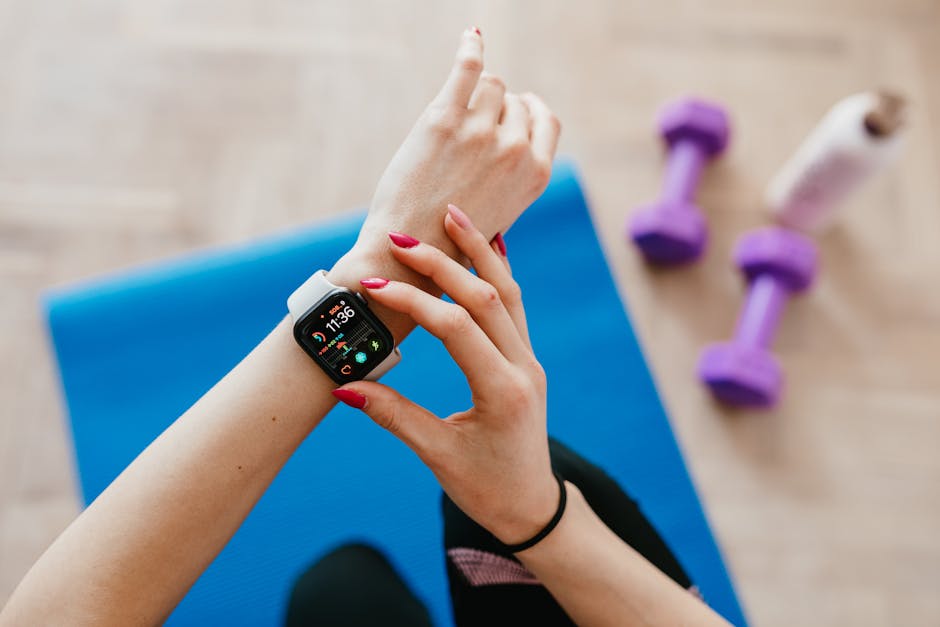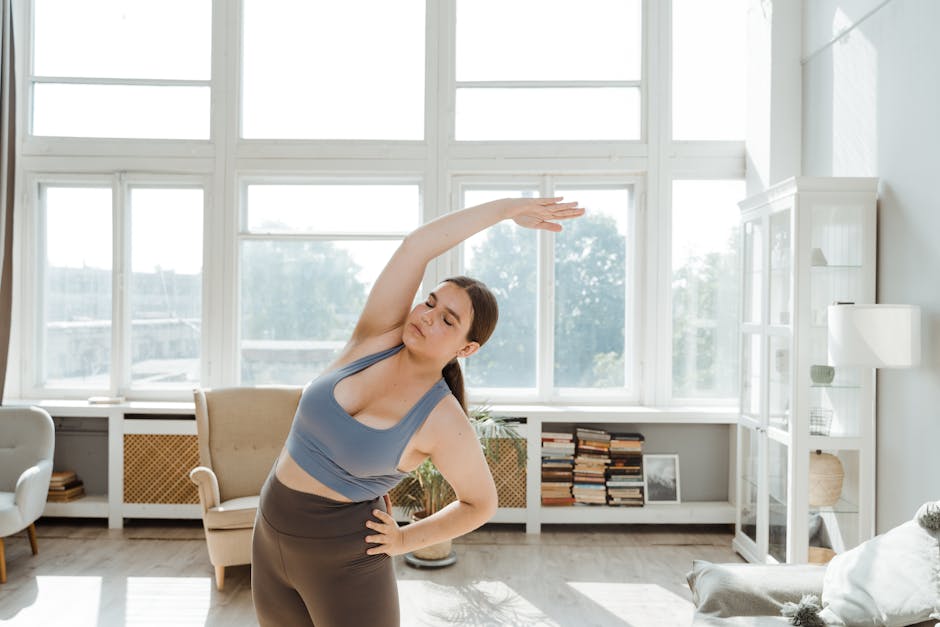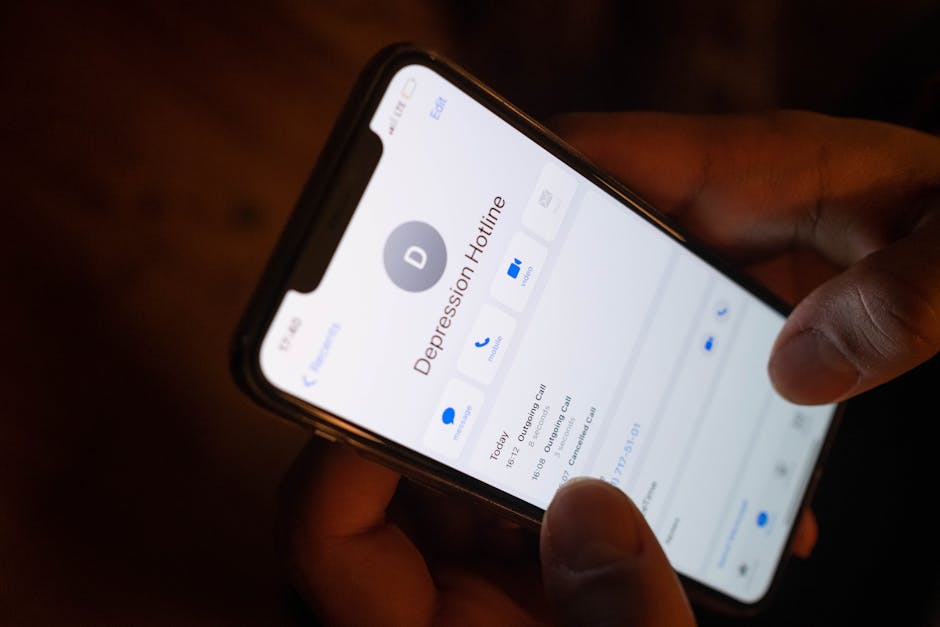When Marcus felt overwhelmed by work stress last spring, he found himself scrolling through his phone at 2 AM, searching for something—anything—that might help him feel better. Like millions of adults navigating emotional challenges, he discovered something surprising: the same device causing his late-night anxiety could actually become his greatest ally for mental wellness.
This discovery isn’t unique to Marcus. The digital mental health revolution is quietly transforming how we approach emotional well-being, making professional-grade support accessible to anyone with a smartphone. What started as a niche market has evolved into a proven ecosystem of tools that deliver measurable results for stress management, anxiety reduction, and emotional resilience building.
The Surprising Truth About Digital Mental Health Growth
Here’s what might surprise you about the digital mental health landscape: it’s not just growing—it’s maturing in ways that benefit everyday users like you and me.
 Photo by cottonbro studio on Pexels
Photo by cottonbro studio on PexelsWhile wellness apps generated $880 million in revenue during 2024 [1], this represents just the beginning of a market that’s reshaping mental health accessibility. You might expect that a slight 7.3% revenue decline signals reduced demand, but the opposite is true. This decline actually reflects market maturation, where users are becoming more selective about which tools deliver genuine value rather than downloading every app that promises quick fixes.
What makes this particularly encouraging is the market’s steady growth trajectory, expanding at 16.3% annually through 2030. This isn’t speculative growth driven by hype—it’s fueled by documented effectiveness and real user satisfaction. With over 10,000 mental health apps currently available, the ecosystem has evolved from experimental tools to established solutions with proven track records.
Why this matters to you: This market validation tells a compelling story. Millions of people are finding genuine relief through digital tools, creating a positive feedback loop where successful apps receive more investment, leading to better features and more effective interventions. When you explore digital mental health options today, you’re not experimenting with unproven technology—you’re accessing tools that have already helped millions of others navigate similar challenges.
What Actually Works: Usage Patterns That Deliver Results
Contrary to what you might expect, the most successful users of mental health apps don’t spend hours in meditation marathons or lengthy therapy sessions through their phones.
 Photo by RDNE Stock project on Pexels
Photo by RDNE Stock project on PexelsInstead, they’ve discovered something more practical and sustainable.
Research reveals that users who engage with mental health apps for 15 minutes or more daily experience a 68% improvement in stress management capabilities. But here’s the interesting part: the average user opens these apps 3.2 times per day, suggesting that multiple short sessions work better than single extended periods. This pattern mirrors how our brains actually process and integrate new coping strategies.
The effectiveness data reveals something crucial about digital mental health tools—they work best when you use them like vitamins rather than emergency medicine. Users who establish consistent daily touchpoints with their chosen apps report significantly better outcomes than those who only reach for digital support during crisis moments.
This doesn’t mean you can’t use these tools for immediate relief. However, the compound benefits come from regular, intentional engagement with the digital wellness ecosystem. Think of it as building emotional muscle memory—the more consistently you practice, the more naturally these coping strategies become available when you need them most.
The Apps That Actually Make a Difference
Not all mental health apps are created equal, and understanding which categories deliver the strongest results can save you both time and frustration.
 Photo by Mikhail Nilov on Pexels
Photo by Mikhail Nilov on PexelsLet’s look at what the data reveals about the most effective options.
Meditation apps consistently show the highest user retention rates, with 73% of users still actively engaging after three months. This retention rate isn’t just about clever app design—it reflects genuine value delivery and measurable improvements in users’ daily lives.
The revenue numbers tell an interesting story about user satisfaction. Calm leads the charts with approximately $7.7 million in monthly in-app revenues as of January 2024, while Headspace maintains a strong second position with around $4 million [2]. These numbers reflect users’ willingness to invest in tools that deliver consistent value over time.
Here’s where it gets particularly interesting: Headspace’s overall revenue reached an estimated $195 million in 2023 [4], despite experiencing a 20% download decrease in late 2023 compared to 2022 [3]. This apparent contradiction actually tells a positive story—established users are finding enough value to maintain subscriptions even as the market becomes more competitive.
Beyond meditation apps, mood tracking tools represent another high-performing category, with 65% of users reporting improved emotional awareness within their first month of consistent use. The combination of meditation apps and mood tracking creates a powerful synergy—meditation provides the coping tools while tracking builds the self-awareness to apply them effectively.
Many successful users start with one category and gradually expand their digital wellness toolkit as they identify specific areas for improvement.
The Real Cost of Digital vs. Traditional Support
The financial investment in digital mental health tools often raises questions, especially when free alternatives exist.
 Photo by Andrea Davis on Pexels
Photo by Andrea Davis on PexelsHowever, a clear cost-benefit analysis reveals why premium subscriptions frequently deliver superior value for sustained emotional wellness.
Most premium mental health app subscriptions range from $8-15 monthly, positioning them as accessible investments in personal well-being. When you compare this to traditional therapy costs, the difference becomes striking: the average therapy session costs $100-200, and traditional therapy typically requires weekly sessions.
Here’s the annual comparison: approximately $120 for comprehensive app access versus $2,400 for traditional therapy. That’s a 20x cost advantage that makes digital tools particularly valuable for people who want to develop emotional resilience before reaching crisis points, or for those maintaining progress after completing traditional therapy.
This doesn’t mean apps should replace professional therapy for serious mental health conditions. Instead, they provide exceptional value for maintenance, prevention, and skill-building. Think of digital tools as your emotional fitness routine—they help you build strength and resilience that supports your overall mental health.
For those just starting out, free apps with premium upgrade options often provide the optimal entry point. This approach allows you to test compatibility and effectiveness before committing financially. Many users discover that the premium features—like personalized programs, offline access, and advanced tracking—justify the modest monthly investment once they experience the foundational benefits.
Your Path to Digital Wellness Success
The difference between digital mental health tools that transform your emotional resilience and those that become forgotten phone icons often comes down to your implementation strategy.
 Photo by Photo By: Kaboompics.com on Pexels
Photo by Photo By: Kaboompics.com on PexelsHere’s what successful users do differently.
Start with one carefully chosen app and commit to daily use for 21 days—the established period for habit formation in digital tool adoption. This focused approach prevents the overwhelm that comes from trying to juggle multiple new tools simultaneously.
Timing plays a crucial role in building sustainable digital wellness habits. Users who engage with mental health apps in the morning show 40% higher consistency rates compared to those who try to fit sessions into busy afternoons or evenings. This isn’t about being a morning person versus a night owl—it’s about leveraging the psychological clarity and reduced decision fatigue that comes with morning routines.
The key is connection: Link your digital wellness practice to an existing habit rather than trying to create an entirely new routine. Whether that’s checking your mental health app immediately after your morning coffee, during your commute, or as part of your bedtime routine, the anchor habit provides the consistency foundation that makes digital tools effective.
Once you’ve established a solid foundation with one tool, you can gradually expand your digital wellness ecosystem. This might mean adding a mood tracking app to complement your meditation practice, or incorporating sleep optimization tools to support overall emotional regulation. The gradual expansion approach prevents overwhelm while building a comprehensive support system tailored to your specific emotional wellness goals.
Moving Forward with Confidence
Digital mental health tools have evolved from experimental apps to proven resources that deliver measurable improvements in emotional resilience and well-being.
 Photo by MART PRODUCTION on Pexels
Photo by MART PRODUCTION on PexelsThe data clearly shows that consistent, brief daily engagement with carefully chosen apps can provide significant stress management benefits at a fraction of traditional therapy costs.
Your success doesn’t come from downloading every available tool, but from selecting one high-quality app, committing to daily use for at least 21 days, and gradually building a personalized digital wellness ecosystem. Whether you’re dealing with current emotional challenges or proactively building resilience for future stressors, the digital mental health landscape offers accessible, effective options that fit into real-world schedules and budgets.
The key is starting today with one small, consistent step toward better emotional well-being. Your future self will thank you for taking that first step.
🌞 Wellness Information: This content shares general ideas to support your mental and physical wellbeing. Results may vary, and if you experience persistent emotional or mental difficulties, please seek professional help. Take what resonates with you and use it gently in your daily life.
